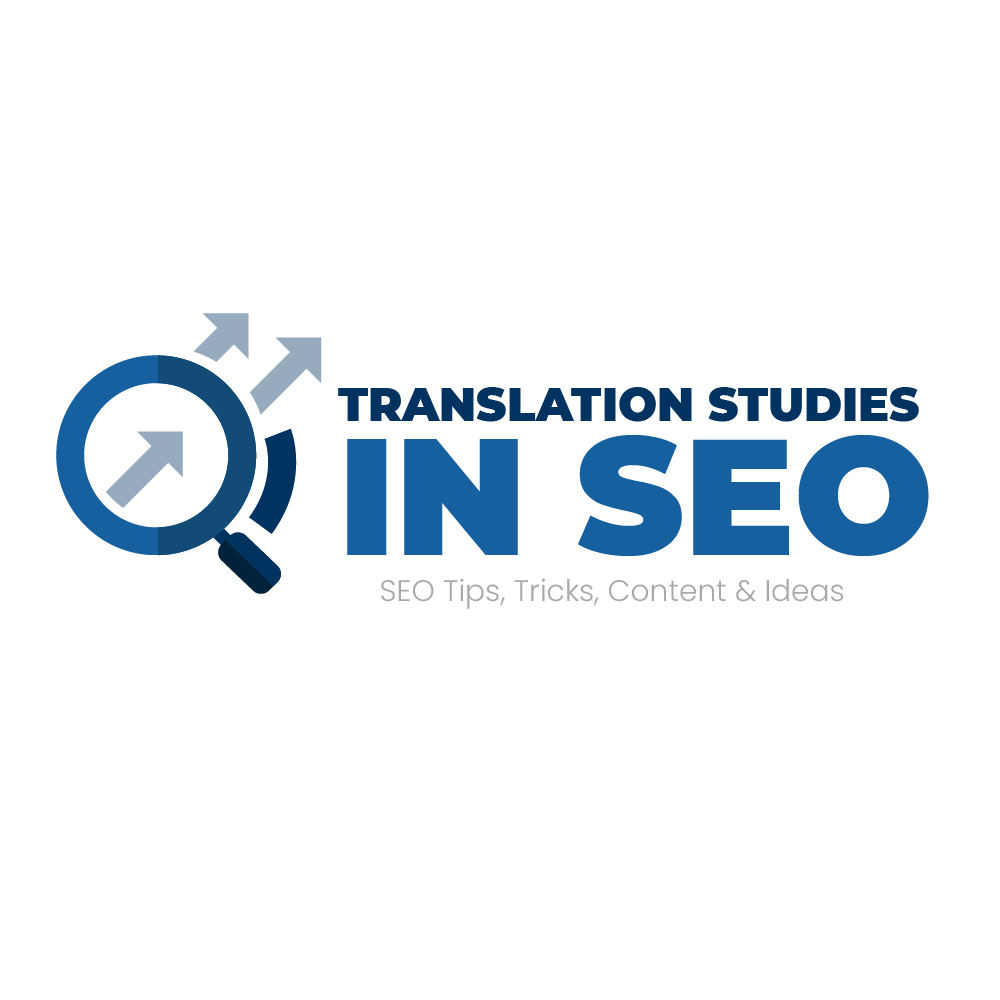As a business owner in today’s digital landscape, you’re aware that having a strong online presence is crucial for success. With millions of websites vying for attention, how can you ensure that your website stands out among the crowd? The answer lies in Search Engine Optimization (SEO) – a set of strategies aimed at improving your website’s visibility in search engine results.
What is SEO and Why Does it Matter?
SEO, or Search Engine Optimization, refers to the practice of optimizing your website to increase its visibility in search engine rankings. When users search for information online, they typically click on the first few results that appear on the search engine results page (SERP). The goal of SEO is to ensure that your website appears prominently in these results, ultimately driving more traffic to your site.
Why does SEO matter? Well, consider this: approximately 75% of users don’t scroll past the first page of search results. If your website isn’t on that first page, it’s as good as invisible. By investing time, effort, and sometimes resources into SEO, you can increase your chances of reaching your target audience, generating leads, and ultimately driving more conversions.
The Key Elements of Effective SEO
To truly understand the power of SEO, let’s break down its key elements:
1. High-Quality and Relevant Content
In the world of SEO, content truly is king. High-quality, well-written content that provides value to your intended audience is an essential component of an SEO strategy. When creating your website’s content, ensure that it addresses the needs and interests of your target audience while utilizing relevant keywords strategically.
2. Keywords and LSI Keywords
Keywords play a central role in SEO by helping search engines understand what your website and individual webpages are about. Conduct thorough keyword research to identify the terms and phrases commonly used by your target audience when searching for your products or services. When incorporating keywords, write naturally and avoid overstuffing them – search engines penalize websites employing such tactics. Additionally, using LSI keywords (Latent Semantic Indexing) can enhance your SEO strategy, as they help search engines establish the context and relevancy of your content. For example, if you own a coffee shop, LSI keywords might include “barista,” “espresso,” or “caffeine.”
3. On-Page Optimization
On-page optimization refers to the various techniques employed to ensure that your website is accessible and search engine-friendly. This includes optimizing your title tags, meta descriptions, images’ alt tags, URLs, and internal linking structure. When done effectively, on-page optimization not only improves your website’s visibility but also enhances the overall user experience.
4. Website Speed and Mobile Optimization
In the fast-paced digital world, users have little patience for slow-loading websites. Google and other search engines prioritize websites that load quickly, as it contributes to a better user experience. Additionally, with more than half of web traffic coming from mobile devices, optimizing your website for mobile responsiveness has become a necessity. Ensure your website is mobile-friendly, loads quickly, and provides a seamless experience across all devices.
5. Backlinks and Link Building
Acquiring backlinks is a critical aspect of SEO. Backlinks act as a vote of confidence from other websites, indicating that your content is valuable and trustworthy. However, not all backlinks are created equal, and the quality and relevancy of the websites linking to your content have a significant impact on your website’s ranking. Focus on acquiring backlinks from reputable, industry-related websites to enhance your website’s authority in the eyes of search engines.
Overcoming Common SEO Roadblocks
Now that we’ve covered the fundamentals – where do you start? SEO can be complex, and amidst all its technical jargon, it’s easy to get overwhelmed. Here are a few common roadblocks that business owners often encounter and how to overcome them:
1. Lack of Insight and Expertise
SEO encompasses several technical and strategic aspects that may require specialized knowledge. Many business owners find themselves lacking these skills, which can make SEO daunting. In such cases, consider consulting with an experienced SEO professional who can guide you through the process and tailor a strategy specific to your business’s needs.
2. Instantaneous Results Expectations
Patience is key when it comes to SEO. It’s important to realize that SEO is a long-term investment and its impact may not be immediate. Search engines need time to crawl and index your website before pushing it up in the rankings. Although instant gratification may seem desirable, remember that consistent effort and optimization will yield sustainable results in due course.
3. Keeping Up with Algorithm Updates
Search engines frequently update their algorithms to deliver better results to users. However, these updates can sometimes have an adverse impact on your website’s ranking. Staying up to date with these changes, keeping an eye on SEO news and trends, and regularly auditing and optimizing your website can help you navigate these updates effectively.
Conclusion
Investing in SEO is paramount for any business wishing to establish a strong digital presence and attract organic traffic. By understanding the key elements of SEO and implementing a carefully planned strategy, you can achieve higher search engine rankings, organic visibility, and an influx of quality traffic.
Remember, SEO isn’t a one-time task or a solution that guarantees instant success. It requires continued effort, regular optimization, and keeping pace with the ever-changing digital landscape. While it may seem challenging, the rewards of a successful SEO strategy are limitless – increased brand visibility, higher organic traffic, and ultimately, a thriving business. So, start harnessing the power and potential of SEO today, and pave the path to long-term success in the digital realm.
